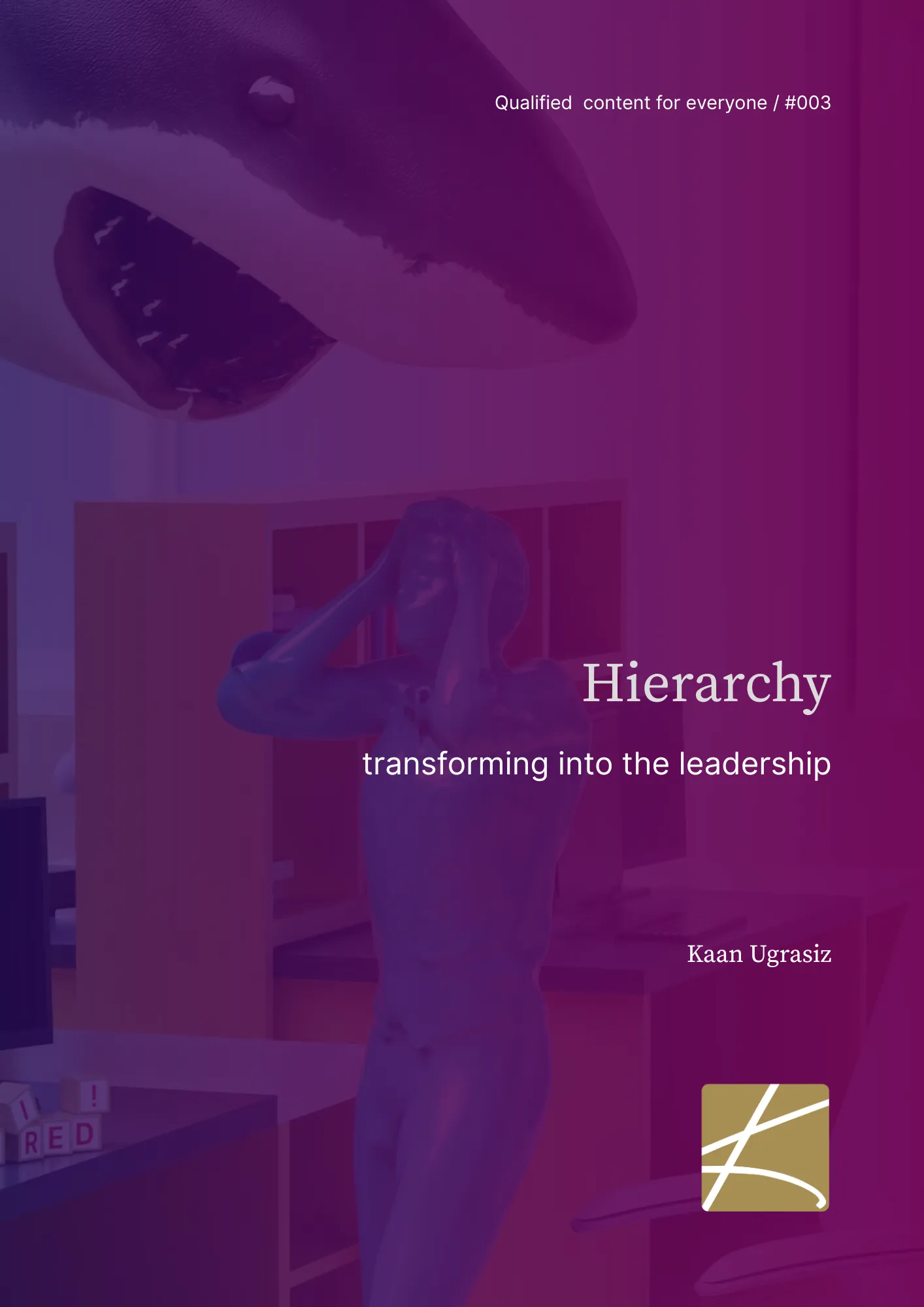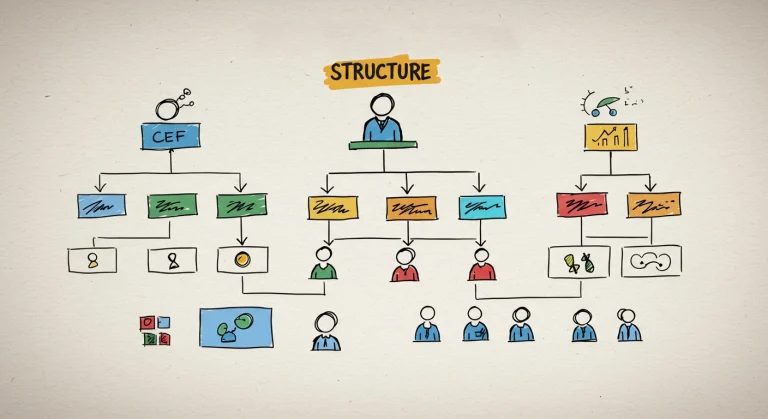I’d like you to go back a little further, to the time when our parents were actively involved in the business world, and recall their working practices. Back when they were in the business world, the hierarchy was more rigid, extending from top to bottom. They had a boss, then a manager, then another manager, and then another manager…
Your parents’ generation was more respectful of those in authority above their own probably and a work hierarchy was a natural part of their work approach. Disobedience to the commands or instructions of a manager or boss, representing the authority figure was never acceptable, and tasks for which responsibility was generally delegated to specific higher-ups.
On the other hand, millennials and Generation Z have slightly different perspectives on work and ways of doing things than those of the previous generation. Rather than taking direct orders and carrying out assigned tasks as directed, new generations are more open to collaboration and place great importance on transparency.
Because these generations grew up surrounded by constant, open, and free communication, they are accustomed to freely expressing their thoughts and ideas and prioritize teamwork over hierarchical structures.
A new kind of “work hierarchy model”

Vertical hierarchies are certainly a bit cumbersome for situations requiring rapid decision-making and modern employees generally expect greater autonomy, participation, and speed rather than taking orders from a traditional hierarchical structure.
Many employees no longer enjoy micromanagement and top-down info and decision-making; they embrace and demand leadership models that offer more guidance in the workplace, rather than old-school chains of command.
The rapid development of technology and relatively new concepts like the knowledge economy, coupled with globalization, are forcing us to rethink and redefine the classical concept of the manager and the perception of authority that accompanies it.
Hierarchy clearly has both advantages and disadvantages. According to the traditional view, a properly designed hierarchical structure clearly provides comprehensive coordination across tasks and increases efficiency by bringing together necessary expertise.
A hierarchical structure can be an effective way to leverage creativity and expertise in large-scale projects. However, when information flows quickly and “economically“, and employees see themselves as partners in solutions rather than simply a-person-who-do-the-job, the old-school chain of command and control mechanism doesn’t work as effectively as it might seem.
Companies are seeking innovative ways to empower their employees and actively involve them in company decision-making while maintaining their existing hierarchical structures. To achieve these goals, the need to transition to more transparent and flexible business models than in the past is more evident than ever.

Download e-paper for free: You’re going to find these topics in this document:
- Traditional work hierarchy and its transformation in the modern age
- Rebellion against the work hierarchy
- Micromanagement culture and its effects to business life
- Comparison of business practices of different generations
- Why is rigid work hierarchy “out” anymore?
- Manager or leader; which do we need?
- Relationships between hierarchy, surveillance, and motivation
- What does the new gen have to say about hierarchy?
- The evolution of the sup-sub relation into the leader-follower model
- What do young professionals expect from leaders?
- What will the work hierarchy look like in the future?
- Transformation of hierarchical structure in modern organizations
All photos by Igor Omilaev by Unsplash






